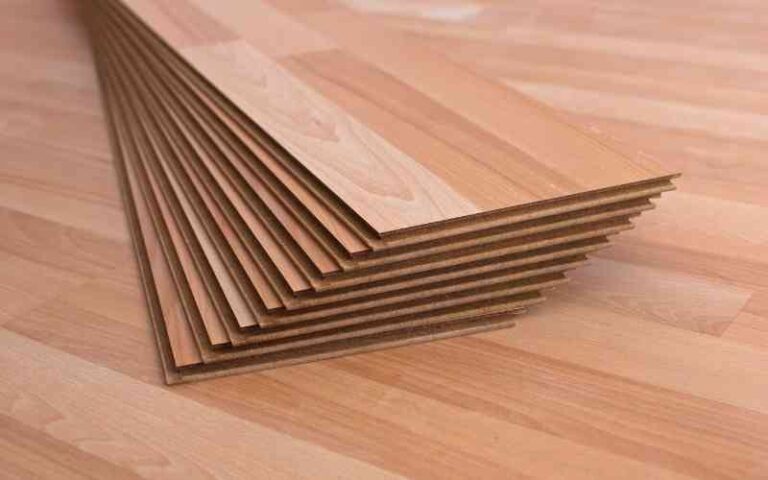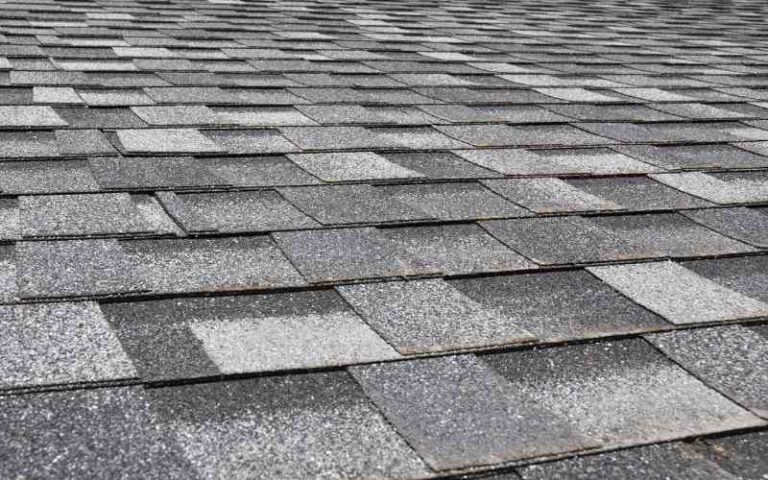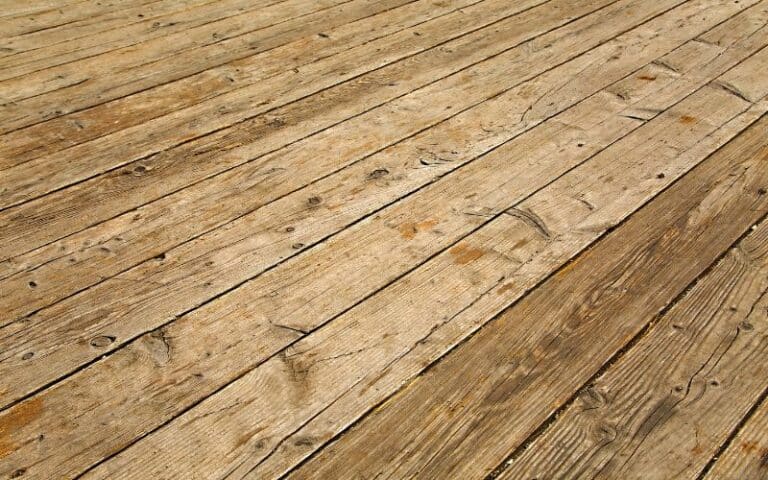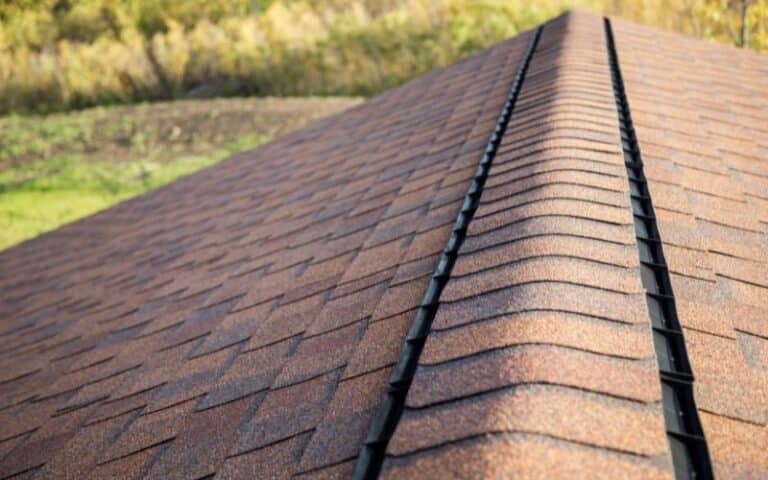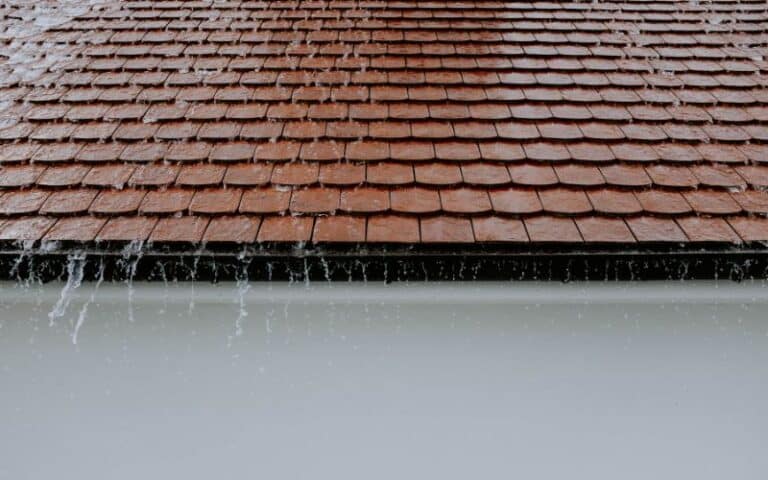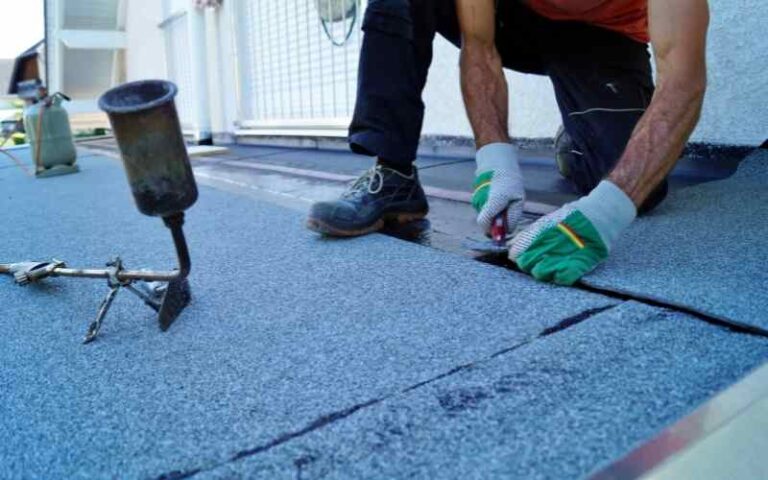Are you considering adding another roof layer to your home for added protection? Re-roofing, i.e., adding another roof, is a go-to method for homeowners to protect their homes against extreme weather.
While most new homes are constructed with a single layer of shingles, you can find old homes with up to four layers. But is there a correct number of shingle stacks for a roof? It turns out there are:
Building and city codes across the US have an upper limit of two shingle layers. But you can only install a second layer depending on the weight and material of the shingles for the roof used. Let’s find out how re-roofing helps your home and, more importantly, how complying with building codes helps your home:
Ready for a Roofing Quiz?
Benefits of Stacking Shingles

The biggest benefit of stacking shingles is that it can save you some serious bucks. As a homeowner, you must know the high renovation, construction, and maintenance costs.
If you need a new roof, you not only have to pay for the materials and installation of a new roof, but you will also need to spend money on getting rid of the old one.
Re-roofing resolves this situation by saving you money in the last step. Instead of removing the old roof, you can get it repaired and add another roof on top.
Since repairing and installation are similar and require similar materials, it saves a lot of money.
But re-roofing doesn’t just save you money during the installation of a new roof. The double roof can have increased resistance to water and outside temperature.
Hence, adding another stack of shingles makes your roof less prone to water leakage. This directly reduces the chances of mold growth in your home and makes it easy for you to keep the roof clean and maintained.
The additional layer of shingles stack also reduces the effect of outside temperature on your living spaces.
It allows your home to maintain the inside temperature more easily, reducing the use of air conditioners and heaters. This reduces power bills, saving you money in the long run.
Things to Consider Before Re-Roofing
The benefits of re-roofing can be tempting. But you can only enjoy them under certain conditions.
First, you cannot install a new roof over a damaged roof. Your old roof, i.e., the first layer of the roof, should be well-maintained, clean, and in perfect condition.
Aged roofs with misshapen, broken, and missing shingles, ridge caps, or vents can make layering another roof dangerous. If you install a new roof over a damaged roof, you risk a collapse of the whole roof structure.
Such an incident will result in you paying for removing two roofs instead of one. It can also cause damage to the overall structure of the home, resulting in further expenditure. Above all, it can hurt the residents of the house.
The second thing you must ensure before you consider stacking shingles is the material of the shingles. Stacking shingles for the roof is only possible for asphalt shingles.
Asphalt shingles are lightweight and hence, suitable for layering. Wood and slate shingles cannot be layered as they are heavy and can collapse roof structures.
Moreover, you cannot layer asphalt shingles over wood or slate either. Mixing materials in roof structures can also result in the weakening of the roof structure. Thus, you can only layer asphalt shingles over asphalt shingles.
Disadvantages of Stacking Shingles
Even if you consider everything before layering another stack of shingles on your roof, you can still suffer from the disadvantages of re-roofing. There are more disadvantages of re-roofing than there are benefits.
Re-roofing is challenging since shingles are designed to lay on flat surfaces. The ridges and bumps in old shingles can make it difficult to layer over them.
You may have to invest in special shingles for re-roofing, increasing the total cost.
Re-roofing makes it difficult to repair the first layer of the roof. This is an obvious disadvantage. Once you have added a second layer of shingles, fixing any issues at the roof’s base can be difficult.
These repairs and maintenance can also cost more than usual.
Re-roofing can lower the value of your home. If your local housing laws don’t allow re-roofing, you risk a decrease in your home’s value and a heavy fine.
This can also happen if you re-roof your home when your home is only constructed to bear the weight of one roof layer. In this way, re-roofing will make your home unsafe.
How to Make Shingles for Roofs Last Long?
Due to the several disadvantages of re-roofing, I recommend avoiding it altogether and instead focusing on maintaining the single layer of the roof.
I promise it’s not as difficult as you might think. It is easier to maintain and repair than stacked shingles. Let’s see what it requires:
Keeping your attic ventilated is the first step toward maintaining a roof.
A poorly insulated attic can become hot and humid, damaging the base of your roof. Excess heat can also damage the shingles if you live in a hot region.
You can also insulate your attic to keep your roof last longer. An insulated attic brings the additional benefit of the controlled temperature inside the home.
You can make your roof last for decades simply by keeping it clean. Removing leaves, twigs, and other trash items the wind carries can seriously harm roofs.
They can lead to mold growth, attract birds and animals, and also damage the shingles.
Another easy way to ensure roof maintenance is by keeping the gutters clean. Leaves, twigs, and trash can often enter gutters through the roof.
These items can keep the water on the roof from draining, resulting in damage in more ways than one.
Lastly, yearly inspections from certified roofers can also help you ensure you catch and repair any damage before it becomes big. The end of summer or winter is an excellent time to get your roof inspected.
To sum it up, you can stack shingles twice only. Moreover, you can only stack asphalt shingles over asphalt shingles, and you must ensure complete maintenance of the first layer of the roof before you stack the second layer.

